Of rumours related to blood, poison and researchers

A recent analysis of 67 3ie supported evaluations shows that distrust and suspicion among community members can sometimes slam the brakes on the implementation of development programmes. The distrust in almost all cases was sparked off by a ‘rumour’.
The attempt to collect blood samples of children for a malaria treatment intervention in Kenya met with stiff opposition from the study community. There were rumours of blood stealing, covert HIV testing and suspicion about the safety of the study drugs.
It may be quite easy to attribute this rumour to ignorance and superstition. But these rumours do not come out of the blue. Historical, anthropological and sociological accounts can trace the roots of such distrust and suspicion.
In the case of blood samples, the Kachinja or blood stealer is a well-known figure in Kenya and East Africa in general. Potential explanations for the emergence of the Kachinja can be found in stories of the First World War where British occupiers may have forcibly extracted blood from the locals for transfusions to injured white soldiers. Local traditions of djinns and spirits have also cross-fertilized with real fears of blood being sold in the international market. It’s not surprising then that the ‘blood stealing researcher’ became a Kachinja for the local community in Kenya. “Kachinjas are people who drive along the tarmac road in big white Land Rovers and if they meet you there….. they catch you and drain your blood and leave you in the bush,” says a primary teacher in rural Kenya (Geissler, 2005).
The fear of the outsider is not just related to blood stealing. Two more examples from 3ie-supported studies demonstrate that rumours about poisoning can also trigger distrust of implementing agencies and evaluators. On a recent field monitoring visit to Uganda, we found that a rumour helped explain the reduced impact of a food assistance programme delivered to HIV patients. The food provided to the programme participants was an ‘American corn-soya blend’ which was ‘weirdly yellowish’ and quite different in taste from the local diet of cassava, millet bread, sweet potato and beans. The rejection of the food was also attributed to the feeling that the ‘whites were trying to poison the blacks with their food’.
Given the high prevalence of HIV/AIDS in Africa, it is not unusual that many of the local myths are related to the dreaded disease. The belief that HIV/AIDS is the result of a conspiracy that involves poisoning is prevalent in many countries in Africa. Respondents in an anthropological study in Zimbabwe believed that “whites are capable of contaminating the food with a poison that results in AIDS” (Rödlach, 2011). Like in Kenya, historical events intersected with indigenous beliefs to create local idioms. People in Zimbabwe speak of the isidlo phenomenon, in which substances used in sorcerous practices are added to food (Rödlach, 2011). The early days of social marketing of condoms in Africa were plagued by stories that the CIA infected condoms with HIV/AIDS to reduce the black population.
 Other health interventions have also not been free of conspiracy theories. Polio vaccination is now suffering in Pakistan and Nigeria because of rumours that it is a US plot to reduce fertility amongst muslims. These conspiracy theories have triggered violence and led to the murders of health workers in Pakistan. Such rumours also gain credence by media reports that fake vaccination campaigns were concocted in Pakistan to gather intelligence on Osama Bin Laden.
Other health interventions have also not been free of conspiracy theories. Polio vaccination is now suffering in Pakistan and Nigeria because of rumours that it is a US plot to reduce fertility amongst muslims. These conspiracy theories have triggered violence and led to the murders of health workers in Pakistan. Such rumours also gain credence by media reports that fake vaccination campaigns were concocted in Pakistan to gather intelligence on Osama Bin Laden.
As the last example shows, the suspicion of poisoning by outsiders is not just exclusive to Africa. Tucked away in a grantee progress report submitted to 3ie is yet another stark example from rural Bangladesh that shows the local community’s lack of trust in outsiders. Offering melamine plates as an incentive to young girls for participating in a survey led to several widespread rumours that the plates were being used to either poison them or convert them to Christianity. The community members found it strange that female enumerators were spending considerable amount of time talking to adolescent girls who did not normally receive attention or gifts. The resistance from the community eventually meant that the team had to stop surveying in 13 villages after some enumerators were surrounded by an angry mob.
Development researchers and practitioners have several lessons to learn from these examples. Suspicion of outsiders and the distrust of food for instance have serious implications for the theory of change used to design a food assistance programme. What we found particularly disconcerting was that the impact evaluation of the food assistance programme in Uganda did not pick up on the rumours of ‘whites trying to poison blacks’. While the rumours of blood stealing in Kenya were discussed in the final report, it did not prompt the researchers to reflect on the theory of change behind the malaria treatment intervention.
The little attention to historical, sociological or cultural context in these cases suggests that the theories of change concerning development programmes may be flawed. By not giving due attention to these factors, we will miss obvious explanations for failures of development programmes and end up repeating the same mistakes again and again. In the instances cited here, the inputs of an anthropologist as well as local researchers familiar with the context would have certainly helped pave the way for better understanding of the community.
A poorly designed intervention will also significantly affect the relevance of impact evaluations. The impact of development interventions is bound to decrease if there is no trust in implementing agencies. As development professionals, we should consider securing the trust of the community as an important responsibility.
The field of impact evaluation continues to be dominated by economists. As a result impact analysis does not often focus on cultural and historical processes. There is clearly a strong case here for interdisciplinary research. But do impact evaluators have sufficient incentives to pursue interdisciplinary research? Among behavioral economists, psychology is slowly gaining prominence. However, cultural processes are possibly more difficult to take into account in theoretical economic models. There are however exceptions and these may prove to be useful examples for impact evaluators. Needless to say, inputs from anthropologists are also critical for impact evaluation designs.
Interdisciplinary research could be an important first step towards understanding cultural beliefs. These could be related to poisoning, blood stealing or any other phenomena which we may think of as being just a ‘rumour’.
If you have a story to share with us about how a ‘rumour’ stalled the implementation of a programme or interrupted your research, email us at 3ie@3ieimpact.org. We will post the most interesting stories on our website.



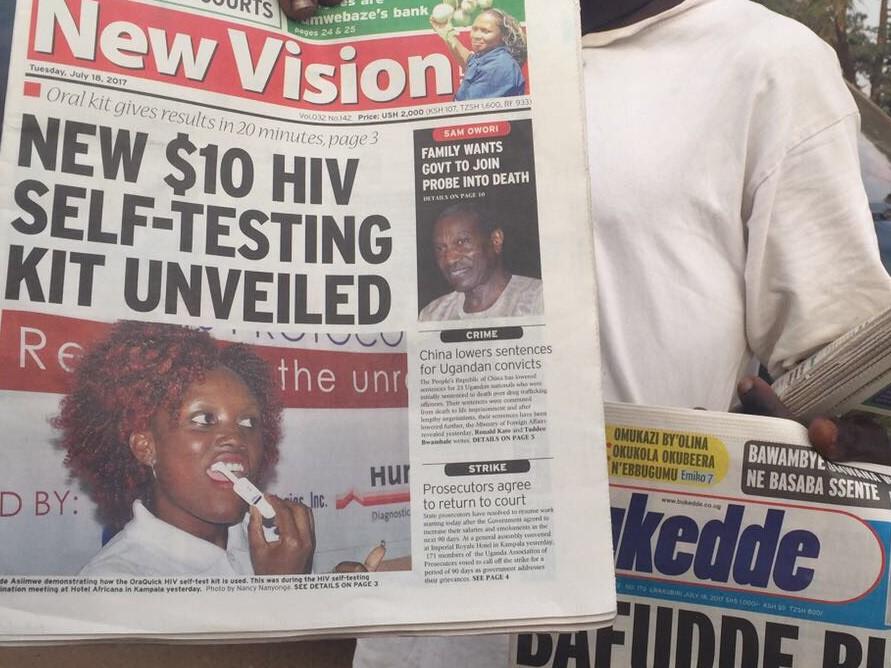
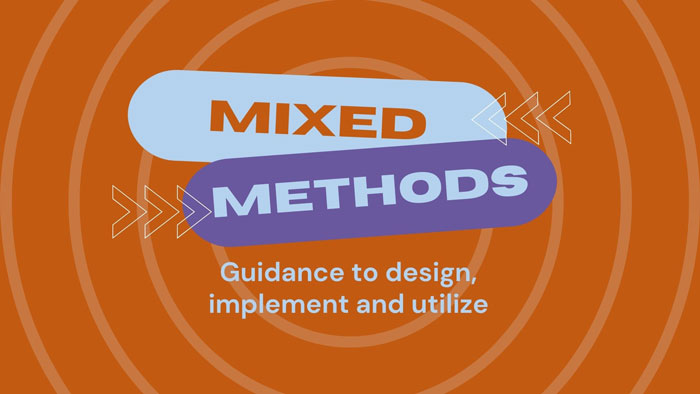
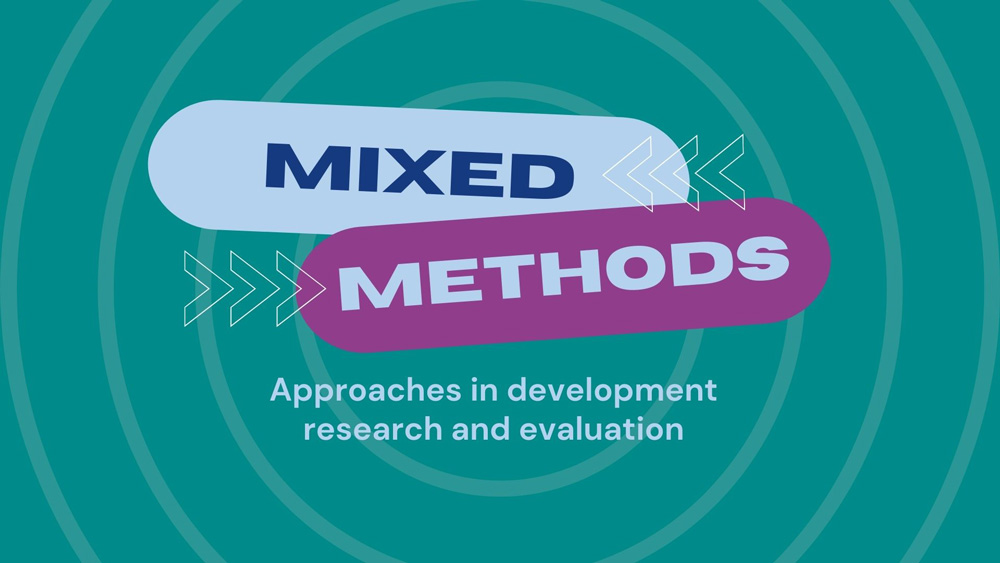
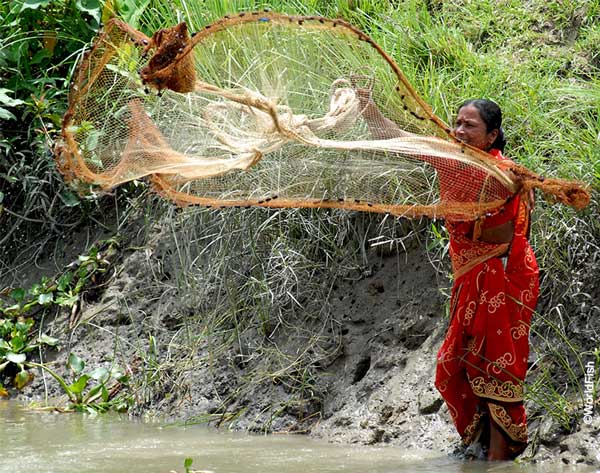

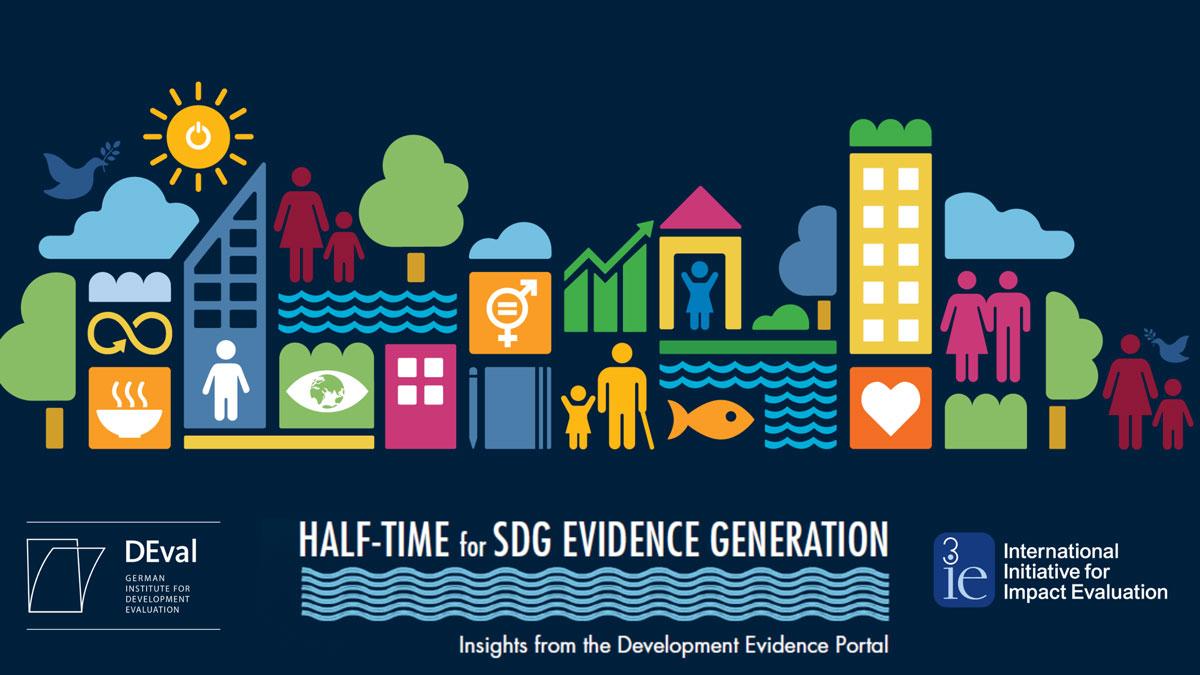

Add new comment